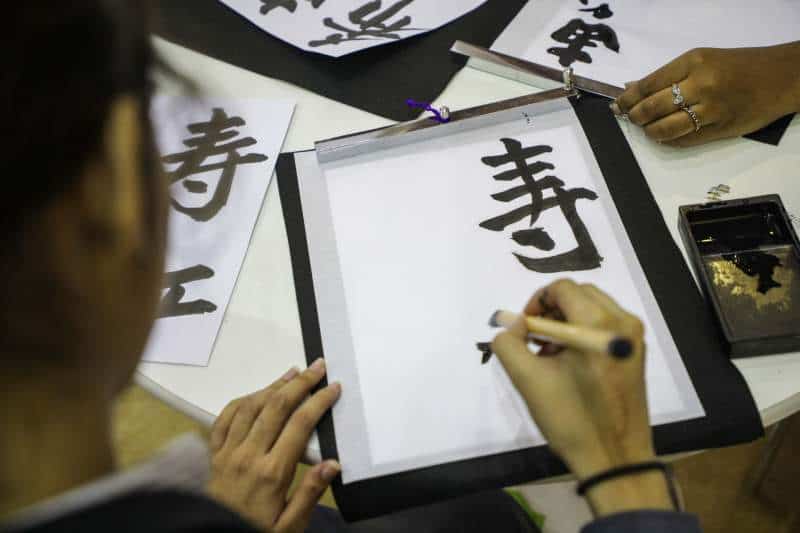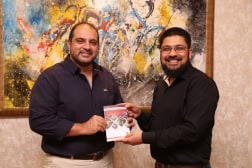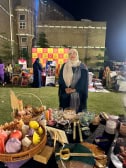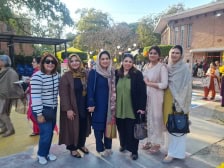SHARJAH – Did you know the art of Japanese calligraphy can be traced back to the 28th century BC? Still practised today, Japanese children are taught that calligraphy and beautiful handwriting are considered a reflection of their character and personality.
Teaching visitors about the history of this artistic writing style and how to write their own names in Kanji (using Japanese characters) was Taki Kodaira, who led a special Japanese Calligraphy workshop at the Japan Pavilion at this year’s Sharjah International Book Festival, currently underway at Sharjah Expo Centre.
Fusing poetry, literature and painting, Japanese calligraphy boasts rhythmic and aesthetic qualities to portray an art form that is revered for both its beauty and technical ability to express thought. As one Chinese historian said: “Calligraphy is like images without form, music without sound.”

Explaining how calligraphy relies upon feeling more than technical ability, Kodaira expertly helped participants to learn the art of Kanji – the adopted logographic Chinese characters used in the Japanese writing system.
First, she got participants to master the eight brushstrokes in standard Kanji script, including the dot stroke, vertical stroke and horizontal stroke. Calling for short, precise brushwork, it’s a challenging language to master, with all ‘letters’ comprising of three strokes. Once participants had caught hold of the basics, Kodaira helped them to spell out their names in Kanji.
Students in Japan who learn calligraphy are also taught the importance of proper breathing, just like people that are learning certain martial arts and Zen meditation. Calligraphy is also often likened to Sumo wrestling, as the calligrapher has only one brief chance to get it right – something that many of the session’s participants can vouch for.














